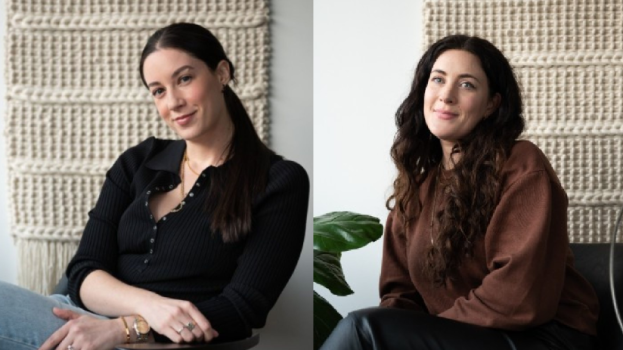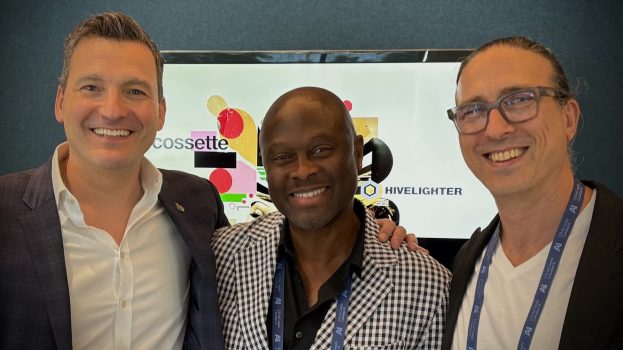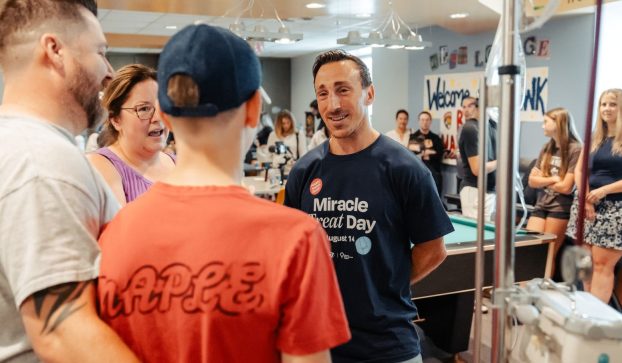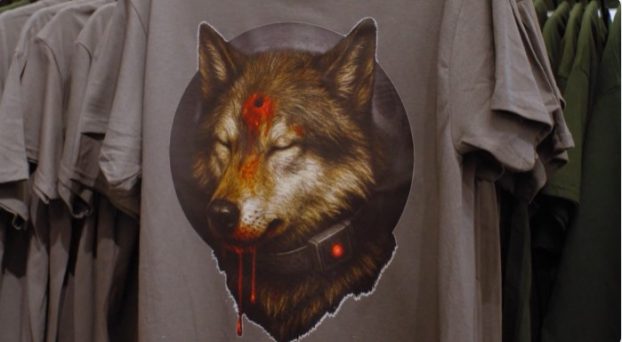This story is part of Shift Disturbers, a profile series exploring the successes, creative contributions and off-the-beaten-path work talent are doing to challenge the status quo in the marketing and advertising industries.
A week after grieving the loss of the Indigenous children whose remains were discovered in unmarked graves near former residential schools, Mitch White of Creative Fire knew the best way to help was to keep working.
Born in Labrador and raised in the territory of the Nunatsiavut Nation, White has spent his career sharing the stories of Northern Inuits by working as a journalist, an advocate for Inuit mental health, a policy contributor and, since early last year, as a senior communications lead at Creative Fire.
Creative Fire is 100% owned by the Des Nedhe Group, the economic development arm of English River First Nation in Saskatchewan. Since starting there, White has provided expertise in creative and brand execution to companies, while also promoting Indigenous storytellers in communication fields. Some of Creative Fire’s clients have included agriculture company Nutrien, energy company Cameco, CN Rail and the Downtown Saskatoon BIA.
In a recent partnership between Creative Fire and TikTok this past June, White worked on the creative and acted as a cultural advisor, while helping to develop the concept for TikTok’s “#Livingstories” campaign, with the hope that it would resonate with both the creators spotlighting it and communities they were speaking to.
“Storytelling has always been verbal, it’s how we’ve captured and shared our histories and realities as well,” he says. “We came up with a campaign that put a spotlight on Indigenous peoples and their stories. That captures and shares those stories with not only Indigenous peoples, but with Canadians as well, in a way that is culturally appropriate.”
Using his background in Indigenous policy making and journalism, he worked with TikTok creators to come up with a list of questions about things like language, food and culture to be used in “I’ll go first” videos that have become a popular format on the platform: a creator asks for someone’s favourite example of something, before providing the first example themselves.
Except, instead of things like a viewer’s favourite celebrity interview or scene from a movie, it asked questions like “what are your favourite Indigenous-owned businesses,” “teach me one word in your language,” or “if you could tell one story about your community, what would it be?”
Sharing their stories and prompting people to provide their own contribution was meant to start conversations about Indigenous culture and language. White explains the strategy was well received by followers who compared their own culture with the creators and pointed out similarities, achieving the kind of community building it set out to do.
The timing of the campaign was very important, explains White, as the last year has been extremely difficult for the Indigenous population.
“Even with the discovery of the unmarked graves, the pandemic has left many community members dealing with isolation, and the virus threatens to take away their elders.”
One of White’s key roles in developing the TikTok campaign is something that happened behind the scenes: reaching out to the Indigenous elders to explain how it could foster support systems and offered to provide media training. Community members, according to White, lacked trust in the media due to portrayals of Indigenous communities over the last century. Through teaching new creators to speak to the media, he believes they could bridge those relationships and tell their own stories more authentically.
Carrying on the groundwork White helped lay down, TikTok has been holding monthly virtual community programming geared towards creators looking to grow their following, with topics covering TikTok best practices, audience growth strategies, creator well-being and how to work with brands.
That’s the kind of long-term outcome White strives for. Within his role, has the opportunity to ask companies he works with to examine their current communications infrastructure, and assess their goals. By working with companies on their procedures and policies, the hope is that will help them continue to build on this work even after their partnerships end.
“With our clients, we try to build a communication capacity,” he says. “As we work with them their capacity grows, and the need for us decreases and we leave them with a communication infrastructure and knowledge.”
























